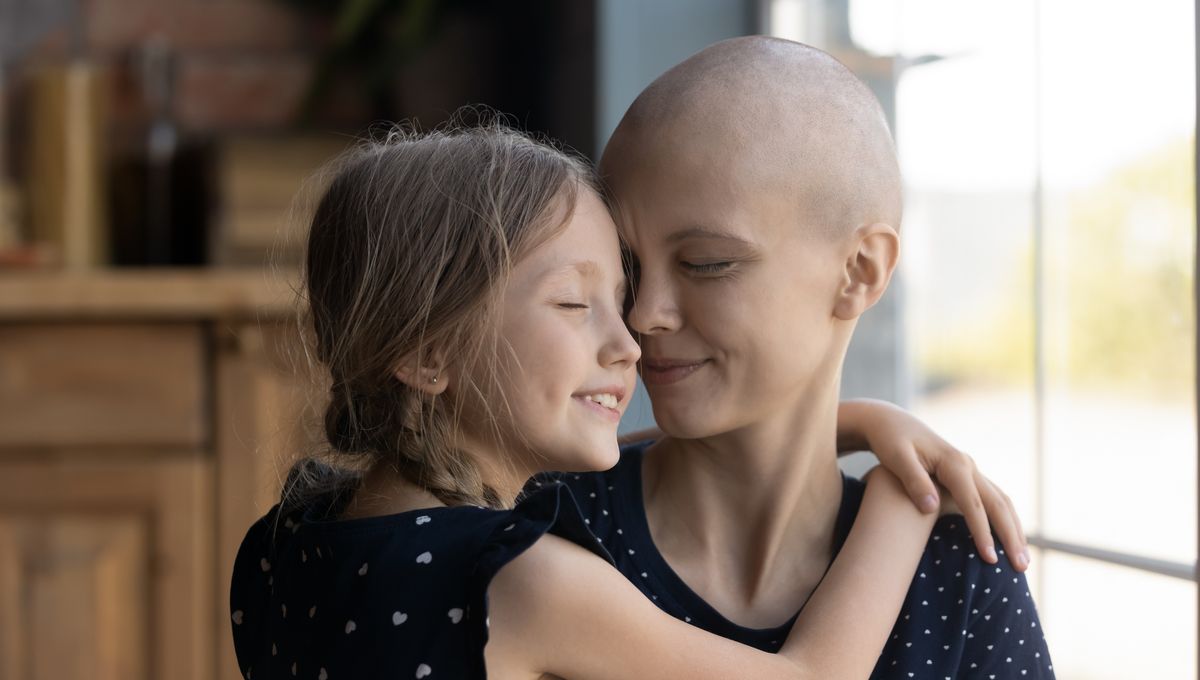
A new study has found that less than a quarter as many women under the age of 25 died of cervical cancer in the United States from 2019 to 2021 as died in an equivalent period from 1992 to 1994.
The fall occurred for reasons besides the widespread adoption of the Gardasil and Cervarix vaccines against human papillomavirus (HPV), but a shift in the rate of progress makes clear vaccination has become the major factor. The figures demonstrate that the program, despite considerable controversy, started saving lives almost immediately, and can be expected to save a great many more.
Most, if not all, cases of cervical cancer are caused by infection with HPV, often HPV 16 and HPV 18 of the more than 200 known strains. HPV is also a major cause of penis, throat, and anal cancers, though cervical cancer cases are by far the most common.
Vaccination against HPV strains 16 and 18, sometimes accompanied by protection against other strains, was first introduced in 2006. Since the infections the vaccines prevent usually come years later, and the gap between infection and cancer being detected averages decades, it was feared the vaccine’s effectiveness would not be proven for a long time. Indeed, opponents used this as a justification for delay, noting clinical trials had not lasted long enough to observe a reduction in cancers.
However, new research shows this is wrong. Cervical cancer deaths in the early 20s are rare, but they happen enough that, with a sample size of a country as large as the USA, a trend can be seen.
Dr Poria Dorali of the University of South Carolina and co-authors have shown how revealing that trend is. They have tracked the number of deaths in women aged under 25 from cervical cancer in three-year blocks, starting from 1992. The disease killed 55 women under that age in the US from 1992 to 1994. The number rose from 1995 to 1997, but fell steadily thereafter, reaching just 13 from 2019 to 2021.
The authors attribute the initial decline in deaths to improved screening, while better treatment may also have helped. That might have continued without the vaccine, but in 2016, the slow decline accelerated dramatically, with a significant number of women (or other people with cervixes) under the age of 25 having received one of the vaccines.
On its own, this change would be evidence of the vaccine’s contribution. In the context of other data showing that infection with the relevant HPV strains, cases of cervical cancer, precancerous cervical lesions, and genital warts have all fallen dramatically among those vaccinated, the case is now overwhelming.
With universal vaccination, cervical cancer could be almost wiped out in a generation, one of the great public health achievements of our time. Meanwhile, large studies have shown significant evidence to support the safety of the vaccines, with minimal side effects beyond short-term arm pain and minor headaches.
However, the authors note a decline they call “troubling” in vaccination rates among American adolescents, from 79.3 percent in 2022 to 75.9 percent in 2023. This trend followed the COVID-19 pandemic, a time that sparked a new wave in the anti-vaccination movement, though the authors do not attribute a cause to the decline.
Campaigns to protect schoolgirls against cancer-causing strains of HPV also kicked things into a higher gear, with opponents purporting that the vaccine would give “a license for promiscuity” – something that scientists would go on to disprove.
The study is published in JAMA.
Source Link: HPV Vaccines Are Saving American Women Under 25’s Lives